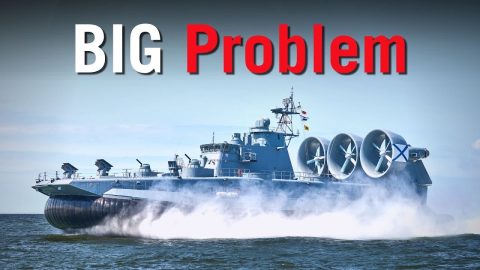
YouTube / Not What You Think
Landing Craft Air Cushions or LCACs, were once an integral part of the US military’s amphibious capabilities. These hovercrafts were designed to transport troops and equipment from ships to the shore, bypassing traditional beach landings that were vulnerable to enemy fire. However, the US military has stopped using combat hovercrafts in recent years, and there are several reasons why.
One of the primary reasons America stopped using combat hovercrafts is their cost. These vehicles are expensive to manufacture, maintain, and operate. The high cost of combat hovercrafts, coupled with budget constraints, has led the military to seek more cost-effective solutions.
LCACs are also very vulnerable to mines and improvised explosive devices. Hovercrafts are designed to operate on both land and water, which makes them susceptible to enemy traps and explosives.
Another disadvantage of hovercrafts is that they require a significant amount of space to operate. They need a large area of water to take off and land, and they require a long, flat stretch of land to come ashore. In contrast, other amphibious vehicles can operate in a wider range of environments, including shallow water and rough terrain.
While combat hovercrafts played an important role in the military’s amphibious capabilities, advances in technology and changes in military tactics have made them less relevant in modern warfare. The US Navy’s new Ship-to-Shore Connector aims to replace the remaining LCACs in their inventory by 2023.
So far, 73 SSCs are planned to be built in the future – costing an estimated total of $4 billion in 2015.